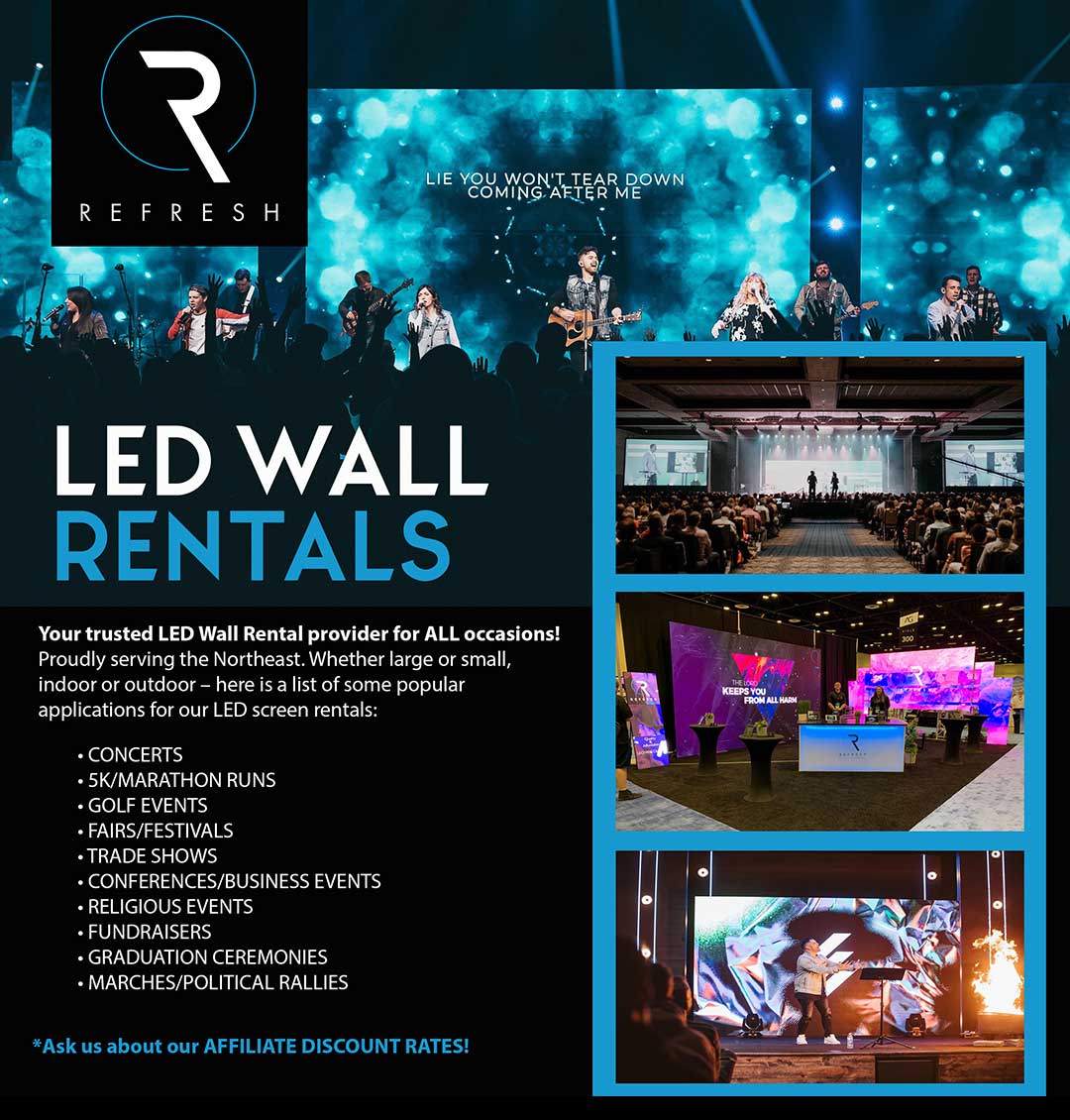Investigating the Durability of LED Display Panels in Contrast to Traditional Screen Technologies
Investigating the Durability of LED Display Panels in Contrast to Traditional Screen Technologies
Blog Article
Light-emitting diode wall screens have grown progressively popular in current times, particularly in environments like schools, corporate spaces, and community spaces. These panels use LED lights (LEDs) to create bright and lively visuals. One of the most notable benefits of LED technology is its durability in contrast to traditional display technologies, such as CRT tube monitors (CRTs) and LCD display displays. Grasping the distinctions in lifespan and performance between these technologies can help buyers make knowledgeable decisions about their display requirements.
Classic display methods, like CRTs, have been around for numerous years. They were commonly used in TVs and computer monitors. However, CRTs have a shorter duration, generally lasting approximately 10,000 to 20,000 hours of operation. This means that after a few of years, consumers may observe a deterioration in picture clarity, such as dimming or color distortion. In contrast, LED panel panels can last significantly longer, often exceeding 50,000 hours. This prolonged lifespan means that consumers can enjoy consistent performance without the requirement for regular substitutions.
Another crucial factor to take into account is energy efficiency. LED wall screens consume less energy than traditional screens, which not only benefits the environment but also reduces power expenses. For example, while a CRT screen may consume around 100 W of energy, an LED panel can use as few as 30 to 50 W. This difference in power usage adds to the total longevity of LED innovation, as lower energy consumption generates less heat. Excess heat can damage electrical components, resulting to a reduced duration for traditional displays.
In furthermore to their extended lifespan and energy conservation, LED wall panels also provide enhanced visual quality. They offer brighter hues and improved contrast, making them ideal for multiple uses, from marketing to educational presentations. The innovation behind LED screens enables for a wider viewing angle, meaning that visuals remain clear and lively even when seen from the flank. This is a significant advantage over conventional displays, which frequently suffer from hue distortion and reduced luminosity at broader perspectives.
In conclusion, the longevity of LED wall screens in contrast to conventional display technologies is a crucial factor for consumers to consider. With durations that can surpass 50,000 hrs, energy efficiency, and superior visual clarity, LED innovation offers many benefits. As technology continues to progress, LED wall panels are likely look at more info to turn even more common in multiple settings. Understanding these differences can help people and entities make better decisions when investing in display technology, ensuring they receive the optimal worth for their requirements.